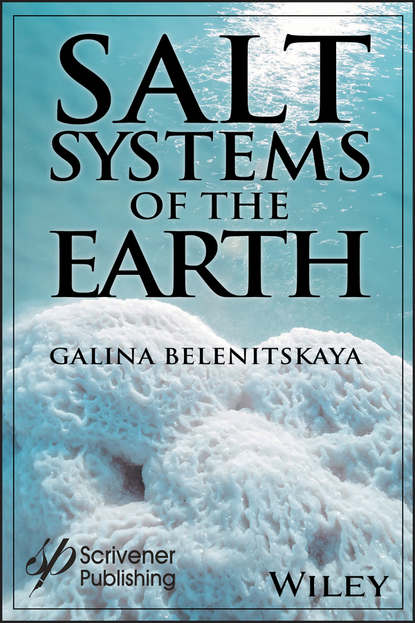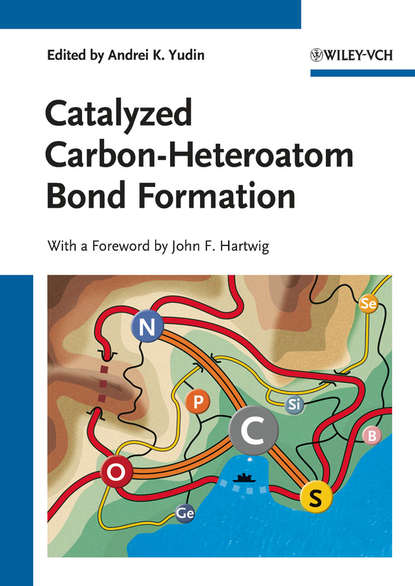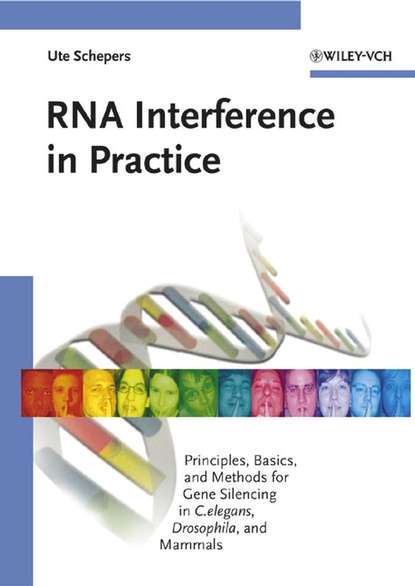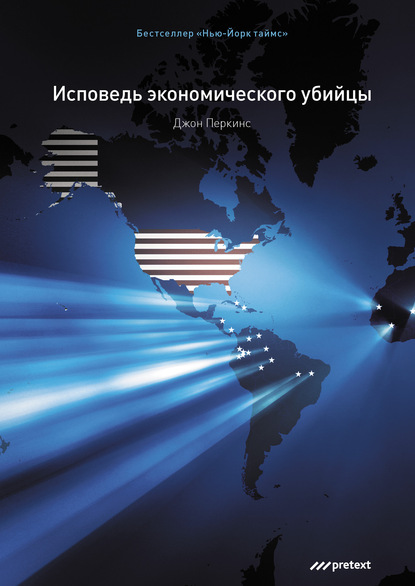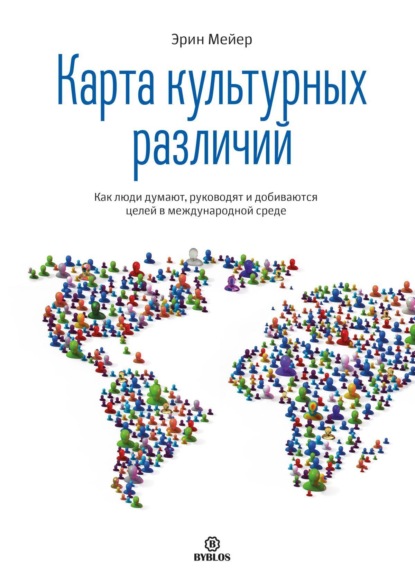Как и вода, соль является одним из самых обычных предметов в нашей повседневной жизни. От вездесущей солонки, которую можно найти на каждом столе в каждом ресторане, до морской воды, в которой мы купаемся, соль - это нечто, о чем мы редко задумываемся. Но есть гораздо больше вещей, связанных со солью, чем большинство людей думают. Соль - это не только природный ресурс, который должен быть добыт и очищен для общественного потребления, но "соляные купола", большие залежи соли, которые образуются под землей, важны для поиска и бурения нефти и природного газа. Соль настолько важна, что в древние времена она иногда использовалась в качестве валюты в различных культурах по всему миру, а также она использовалась в качестве консерванта для продуктов питания задолго до изобретения холодильников. Соль - это нечто, о чем мы редко думаем, но это один из самых важных природных ресурсов, которые существуют. "Соленые системы Земли. Распределение, тектоническая и кинематическая история, взаимосвязи соли-нафтида, очаги разгрузки, рециркуляция" - это первое интегрированное исследование глобального развития соли в подземных слоях Земли, ее тектонической и кинематической эволюции, "живых" взаимосвязей соли и нафтида и их геологической рециркуляции. Соль Земли показана как особенная пупочная нить в анализе многочисленных геологических процессов формирования, превращения, миграции, разгрузки и регенерации соли и их связи с углеводородами. В книге представлена наука о соли, включая "живые" соляные тела в подземных слоях Земли, их судьбу и влияние на другие геологические процессы, включая грандиозные системы кинетически взаимосвязанных аллохтонных тел наподобие нафтовых пластов, образованных мигрирующей солью. Также включено описание слоистых соляных тел, образованных не путем испарения, а путем эмиграции засыпанных брин-соляных масс и их разгрузки на новых, более молодых стратиграфических уровнях, описание явления "гало-вулканизма" из-за прорывов на глубине и взрывных разгрузок углеводородно-брин-соляных масс, изучение поверхности сверхдиапирных солей и бриновых озер с колеблющимися уровнями и многие другие вещи.
Электронная Книга «Salt Systems of the Earth. Distribution, Tectonic and Kinematic History, Salt-Naphthids Interrelations, Discharge Foci, Recycling» написана автором Galina Belenitskaya в году.
Минимальный возраст читателя: 0
Язык: Английский
ISBN: 9781119479161
Описание книги от Galina Belenitskaya
Like water, salt is one of the most commonplace items in our everyday lives. From the omnipresent shaker that you see on every table in every restaurant, to the ocean water we swim in, salt is something that we rarely think about. But there is much more to the story of salt than most people think. Not only is salt a natural resource that must be captured and refined for public consumption, but “salt domes,” large deposits of salt that form under the ground, are important for finding and drilling for petroleum and natural gas. Salt is so important that, in ancient times, it was sometimes used as a currency in various cultures around the world, and it has been used as a food preservative, long before refrigeration was invented. Salt is something we rarely think about, but it is one of the most important natural resources that exists. This is the first integrated study of salt’s global development in the Earth’s subsurface, its tectonic history and kinematic evolution, “live” salt-naphtide interconnections, and their geological recycling. The Earth’s salt is shown as a peculiar umbilical thread in the analysis of numerous geological processes of salt formation, transformation, migration, discharge and regeneration, and their association with hydrocarbons. Presented here is the science of salt, including the active salt bodies’ “live” in Earth’s subsurface, their fate and influence over the other geological processes, including grandiose systems of kinetically interrelated allochthonous nappe-like and sub-vertical bodies formed by the migrating salt. Also included are a description of sub-conformable sheet-like salt bodies formed not by the evaporation but by emigration of buried brine-salt masses and their discharge at new, younger stratigraphic levels, a description of a phenomenon of the “halo-volcanism” due to depth breakthroughs and explosive discharges of the hydrocarbon-brine-salt masses, an examination of the over-diapir surface and brine lakes with fluctuating levels, and many other things. The book provides new interpretations of numerous issues reflecting the salt “life” manifestations and gives a key to a broad circle of the geological enigmas, from global events like the Messinian crisis in the Mediterranean to Biblical legends and enigmas of the Dead Sea-lake. Whether you are a scientist or student working in the natural or Earth sciences, a geologist, an anthropologist, a petroleum engineer, a petrophysicist, or any other engineer or student working in petroleum engineering, this groundbreaking work is a must-have. Perfect for any scientist or engineer’s library, this volume can be a must-read page-turner or a valuable reference work.
